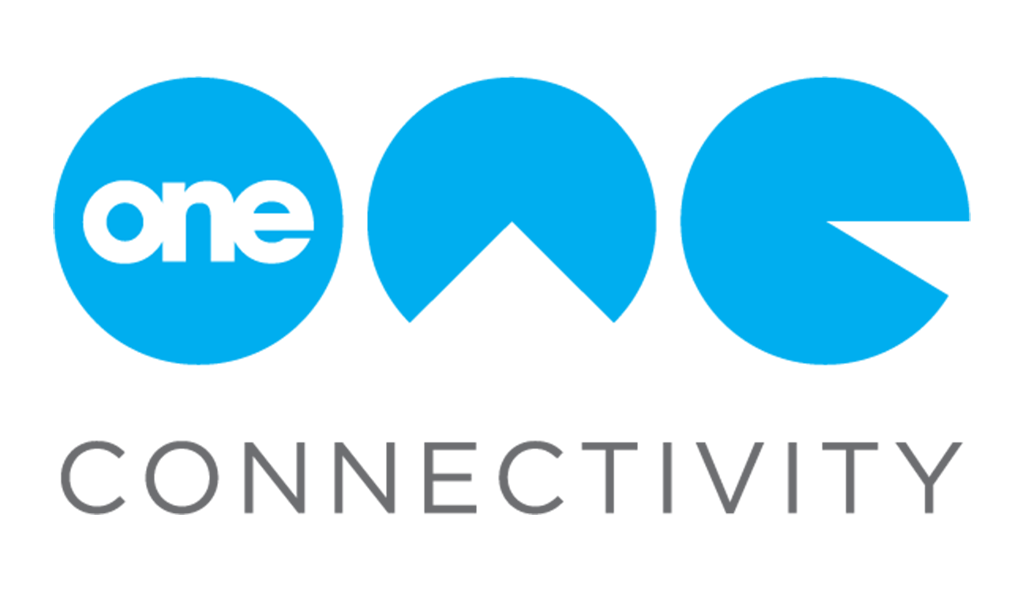
05 Sep How to make the most of call analytics
Every business needs to be efficient – especially now. This is true of every area of the organisation, including on the phones.
When you get a high volume of inbound calls, it’s easy for things to start going wrong. You might be resolving calls too slowly. You might not have enough people to handle the call queues. Whatever it is, the results are the same: longer waiting times and more lost calls.
If you’re not working efficiently, you’re wasting money. And if your customers can’t get through to you, your reputation will suffer. There’s a way of avoiding all this: call analytics!
What are call analytics?
Every call generates data – about who answered it, when, how long it was, or whether it was missed altogether. All the calls you receive amount to a lot of data points. A call analytics tool will automatically collect those data points and present them in an easy-to-read format.
How does this benefit you? It automates KPIs for your phone team. This means you get instant insight into how you’re doing on the phones. In turn, it allows you to identify weaknesses, resolve them and measure it.
If you want to make the most of your resources, you need to understand how you’re performing. That’s what analytics will give you – and anyone can use and understand it.
Call analytics from One Connectivity
At One Connectivity, we believe in making things easy for our customers. That’s why our analytics suite is easy to access, easy to customise, and easy to read.
For a start, it’s cloud-hosted and accessed through a web browser. This means you can use it from anywhere with an internet connection, which makes access as convenient as possible.
Once you’re in, you can easily view live metrics and charts with all the detail you need. That includes stats and automated charts for your whole company, different departments, hunt groups, and individual agents. All of these can be customised however you need, with just a few clicks.
It will schedule custom, automated reports at regular intervals that you decide. And you can even get a real-time wallboard to display to your team. This will display key data like how many calls are queuing, so everyone knows when to make haste!
What can I learn from this?
These features help you to understand performance in granular detail, so you can make informed choices about how you manage resources – and measure the results.
For instance, you might lose lots of calls on Monday mornings. Are you under-staffed at those times? Or are you getting repeated short queries that could be resolved before people have to call?
It’s not just about being very busy either. There might be times when you’re getting too few calls for the number of people you’ve got on the phones. Analytics will tell you. From there, you could change shift patterns, or simply give other tasks to the extra team members.
Making the most of what you have should be a goal for every organisation. When it comes to the phonelines, analytics will help you get there.
Who needs call analytics?
Analytics is a must for contact centres. Call-handling is the primary task, and so you need every insight you can get to meet those service level agreements.
But analytics will help any other organisation or department with busy phonelines! This could be anything from busy reception desks to box offices in cinemas or theatres.
If you have a lot of calls coming in, handling them efficiently is incredibly important. Otherwise, you will end up losing calls as people get fed up with waiting. Losing calls means losing customers. And without an overview of KPIs, you’re completely in the dark about why things aren’t working.
Are there any downsides to analytics?
Not exactly – analytics is an extremely useful tool. If your phonelines are busy, you’re better off with it than without it. But it’s about how you use the data.
For instance, a common mistake in contact centres is to put too much emphasis on calls per hour. If you push your team to prioritise speed above all else, customer experience can suffer.
Customers want to feel looked after. You need to give your team the room to help – individual customer experience really matters for your reputation. But it’s about metrics too.
If you’re pressuring your team to rush calls, it’s inevitable that some people will have to phone back to double check things. And that means more calls in the queue, and more unhappy customers. First-contact resolution is the holy grail in call centres, and that depends on quality as well as quantity. Which brings us to our next point …
What other tools can I use with call analytics?
A great complement to analytics is call recording. Where analytics tells you about quantity, recording is all about quality. The balance between these is key to a successful phone team.
You may already need call recording for compliance purposes. But it’s also great for training, complaint resolution and quality assurance. Regular sampling of your phone team’s calls will help you keep standards up, and can identify areas where extra training is needed.
The call recording tool we offer at One Connectivity is incredibly easy to use. Just like our analytics solution, you can access it from anywhere through a web browser. From there, you can track down calls by a number of fields, including agent, department, phone number and date. You can also sample any team member randomly.
And what’s the benefit of all this? It allows you to measure and track the quality of calls. Combine this with the qualitative insights you get from analytics, and you’ve got everything you need to balance efficiency with great customer experience!
How One Connectivity can help
Making the most of communication is key to any business. We’ve helped businesses of all sizes do just that, through analytics and other tools. For trusted, expert advice on making your communication more efficient, get in touch.
